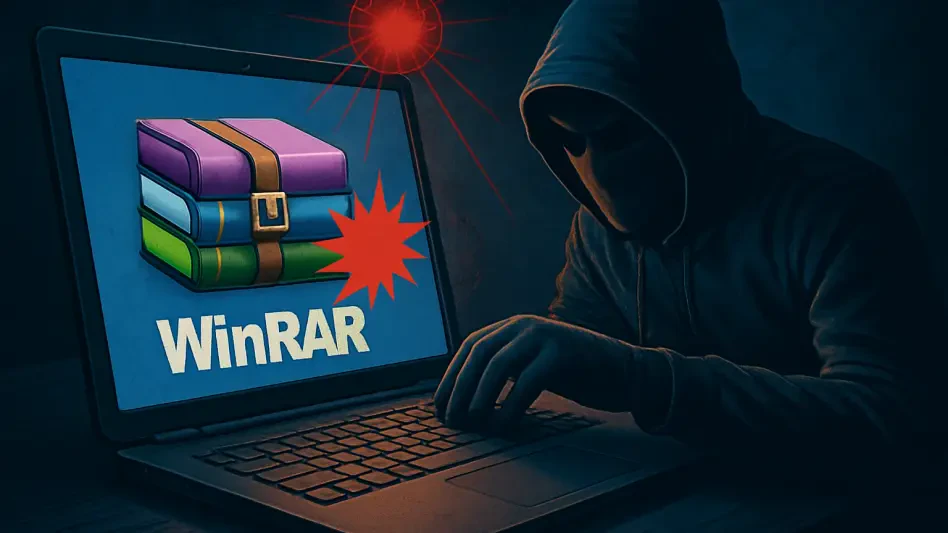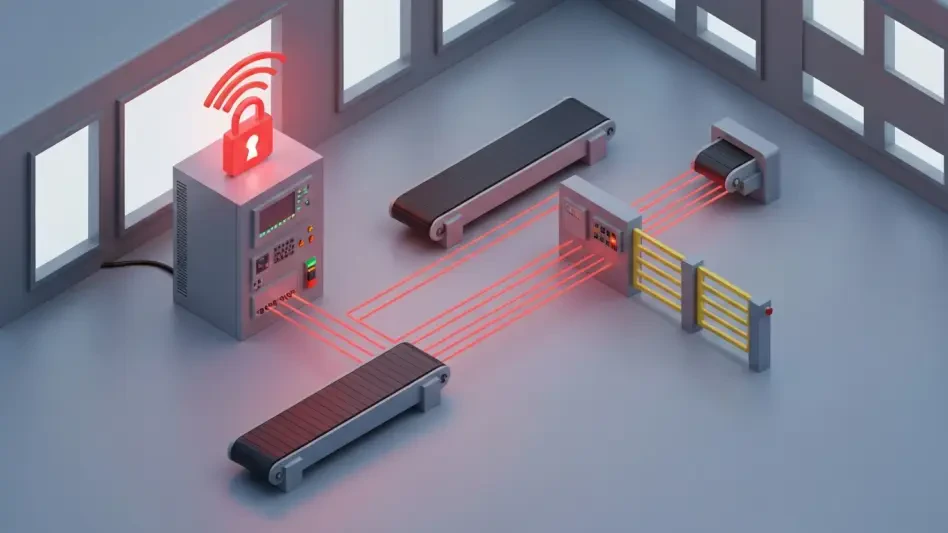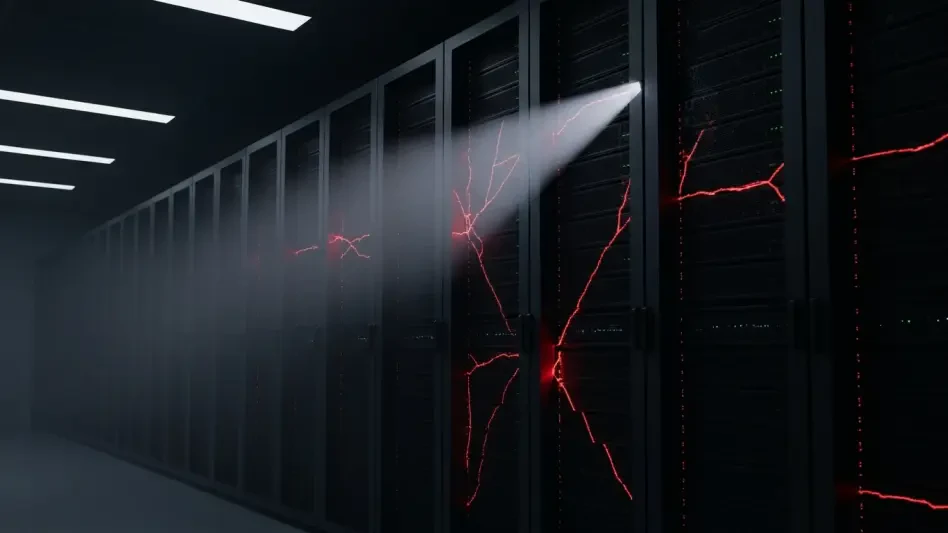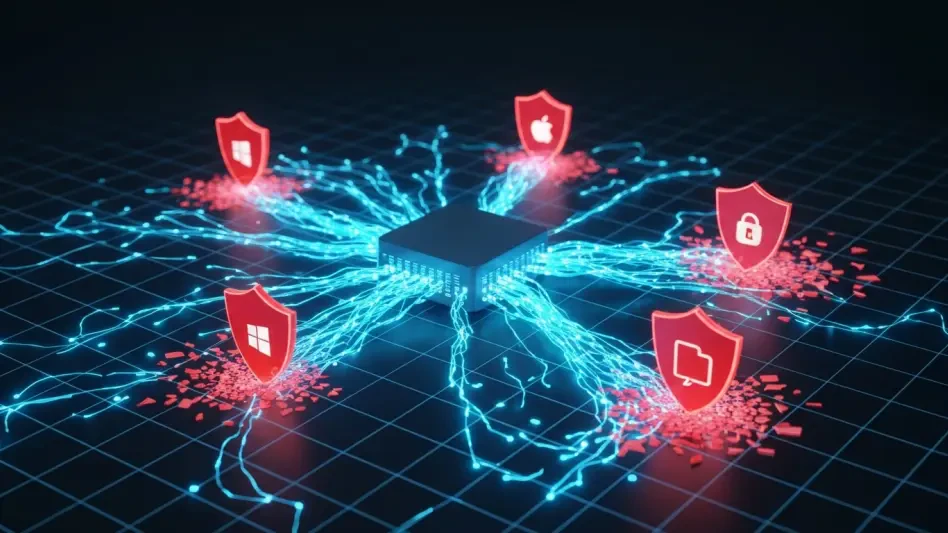In the realm of software security, perhaps nothing is more unpredictable and menacing than a zero-day exploit. WinRAR, a universally favored file compression utility, is at the center of a recent and alarming development in cybersecurity. News broke that an advanced Remote Code Execution (RCE) vulnerability has emerged in the marketplace of the dark web, tagged at an astonishing price of $80,000. This exploit impacts both the latest and preceding versions of WinRAR, thereby elevating the potential threat to millions of computers worldwide. The vast scale of WinRAR’s user base makes this vulnerability more than just a technical threat; it becomes an existential risk for unprotected users everywhere. As cybersecurity experts warn, it is not merely a problem of code but potentially a deep-rooted flaw within WinRAR’s architecture itself.
Understanding the Exploit’s Mechanics
Vulnerability Impact and Scope
WinRAR’s recent zero-day exploit allows attackers to execute arbitrary code through specially crafted archive files. Used by millions globally for compressing and decompressing various file formats, WinRAR’s functionality makes it an attractive target for cybercriminals. The presence of this exploit fundamentally jeopardizes its security and enlarges the attack surface for unauthorized entry into systems that employ WinRAR regularly. By exploiting this flaw, malicious actors could gain unfettered access to the victim’s system, potentially leading to data breaches, loss of sensitive information, or even financial theft. Given WinRAR’s prevalent usage across personal and professional environments, this security issue could have far-reaching consequences unless effectively countered. This type of vulnerability demands immediate attention from both users and developers, underscoring the importance of routine security audits and prompt software updates.
Cybercriminals’ Perspective on Zero-Days
Cybercriminals often place a high premium on zero-day exploits due to their capability of enabling targeted attacks and widespread criminal endeavors. The underground market thrives on such vulnerabilities, with buyers ranging from independent hackers to organized crime syndicates, all seeking to leverage these exploits for financial gain or espionage activities. A zero-day is particularly valuable as it remains unknown to developers and security teams until identified, allowing attackers to strike without warning. The ongoing surveillance of these threats by researchers illuminates the complexity involved in safeguarding applications. As evidenced by the WinRAR situation, the high price tag of $80,000 for the exploit indicates its potent potential impact. This demand for zero-days will likely continue as cybercriminals relentlessly hunt for new ways to infiltrate systems and exploit vulnerabilities, keeping cybersecurity experts in constant pursuit of effective deterrence strategies.
Steps for Mitigating Risks
Security Experts on Preventive Measures
To safeguard against the unfolding threat posed by WinRAR’s zero-day exploit, experts advise adopting meticulous security practices immediately. Solutions like sandboxing can offer interim protection, preventing malicious code from wreaking havoc and limiting its reach within the system. Regular updates to software are imperative, enabling developers to patch known weaknesses promptly. Additionally, increasing user awareness of the risks associated with downloads and encouraging cautious behavior when handling unknown files are crucial steps in minimizing vulnerability exposure. While these measures provide a temporary shield, cybersecurity personnel are actively investigating the exploit to devise more comprehensive and lasting countermeasures. Collaborative efforts between researchers and WinRAR’s development team are pivotal in hastening the resolution of these critical security issues.
The Role of Continuous Monitoring
Continuous system monitoring plays an integral role in early detection of suspicious activities, serving as an additional layer of defense against evolving threats like zero-days. By implementing robust monitoring frameworks, potential breaches can be identified and contained swiftly, preventing catastrophic damage to organizational assets or individual digital portfolios. Security teams are encouraged to stay abreast of the latest developments in threat intelligence, harnessing expert insights to anticipate attack vectors and refine security protocols accordingly. Achieving a balance between proactive and reactive security strategies ensures a resilient defense against current and emergent cyber threats. With the evolving landscape of digital threats, continuous vigilance remains the cornerstone of safeguarding digital integrity, emphasizing the need for enduring commitment from all stakeholders involved.
Addressing Future Concerns
The Growing Imperative for Security Innovation
In the wake of this exploit’s revelation, the cybersecurity community is reminded of the relentless challenges posed by increasingly sophisticated threats. This necessitates a constant evolution of security frameworks, embracing innovative methodologies to develop resilient digital infrastructures. Industry experts stress the importance of integrating advanced AI-driven solutions to predict, prevent, and neutralize potential vulnerabilities before they are exploited. Future-proofing security systems entails a dynamic approach where adaptive strategies, rapid incident response, and comprehensive threat analysis converge to uphold digital safety as a priority across all sectors. The ongoing focus on improving encryption standards and rationalizing authentication processes serves as part of the wider effort towards ensuring robust security measures.
Collective Efforts in Strengthening Cybersecurity
As WinRAR’s zero-day exploit underscores, combating cyber threats is a collective endeavor requiring collaboration across multiple domains. Governments, corporations, and individual users must unite in prioritizing cyber readiness by investing in research, incentivizing the use of emerging technologies, and enforcing stringent regulations in digital spaces. Shared intelligence and coordinated actions significantly enhance the community’s ability to forecast threats effectively, responding to them with agility and precision. To foster safer digital environments, the narrative of cybersecurity must continue to evolve, embracing innovation while fostering resilience against omnipresent risks. Conclusively, the pursuit of improved security remains paramount, demanding vigilance, adaptability, and unified efforts in maintaining robust defenses for a secure digital future.








